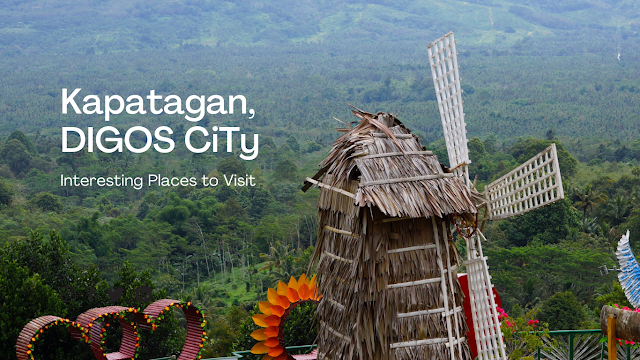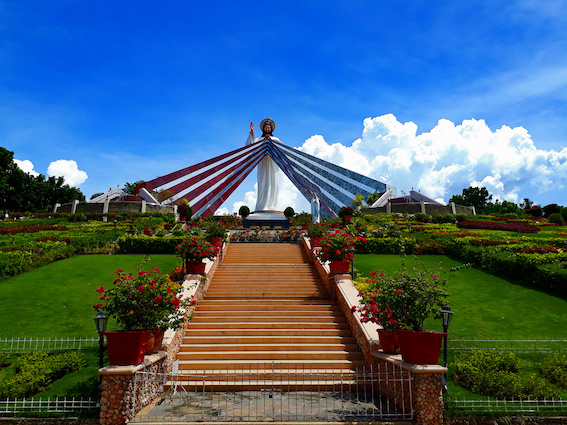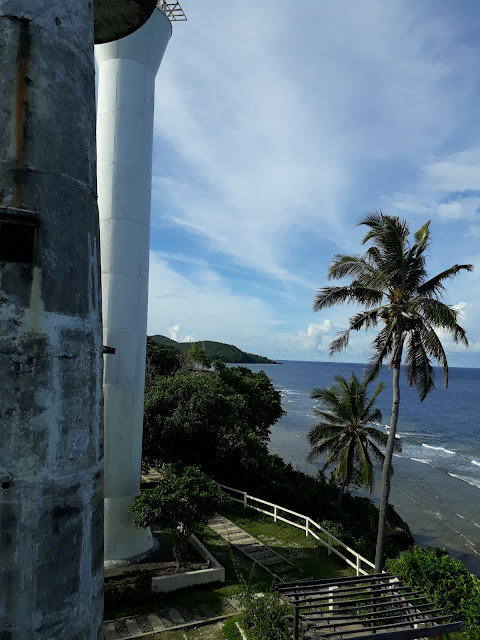Exploring the Rich Culture and History of Lutayan, Sultan Kudarat
Lutayan is a municipality in Sultan Kudarat Province, Philippines. It is a relatively young city founded in 1982. Before its creation, the area was part of the parish of President Quirino. The name "Lutayan" is said to be derived from the Maguindanao word "Lutai" which means "divide" or "divide". It is believed that the city got its name because it was the boundary between two of his data or chieftains during the pre-colonial period. During the Spanish colonial period, the present-day Lutayan area was part of the Cotabato Department. The city did not become part of the jurisdiction of Sultan Kudarat until 1973 when it was established. Today, Lutayan is a bustling city with a growing population and economy. The most important economic sectors include agriculture, the main crops of which are rice and maize, and livestock and poultry farming. The town is also known for its craft workshops such as weaving and handicrafts. Lutajan has several la






